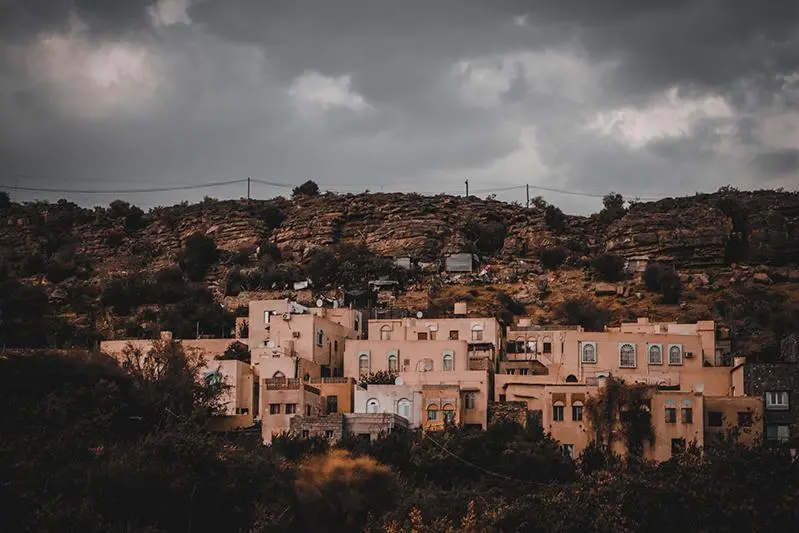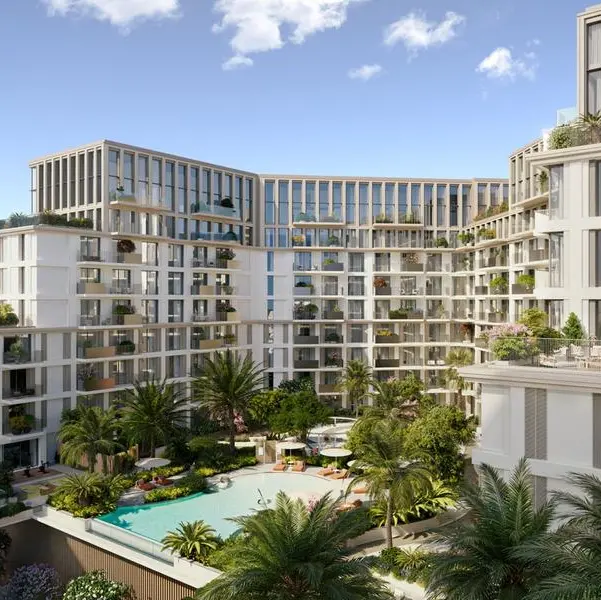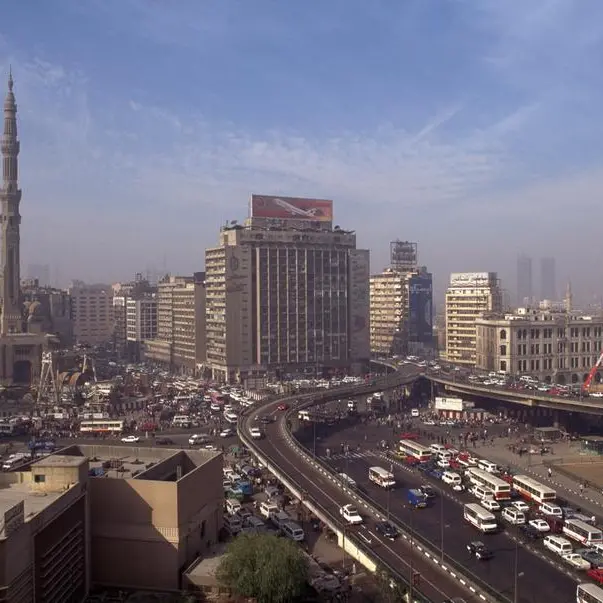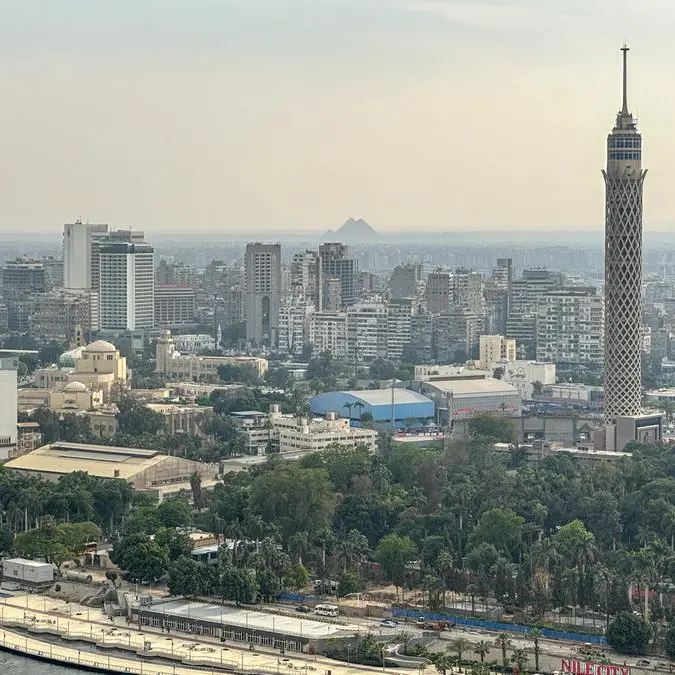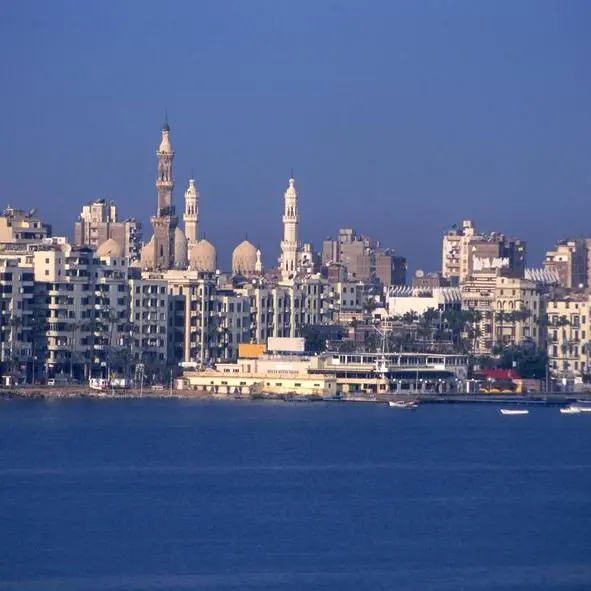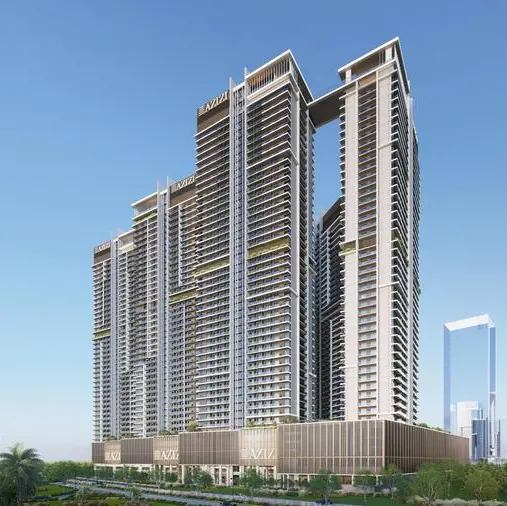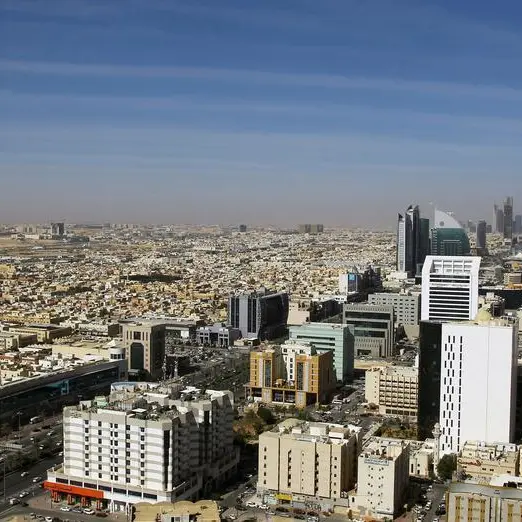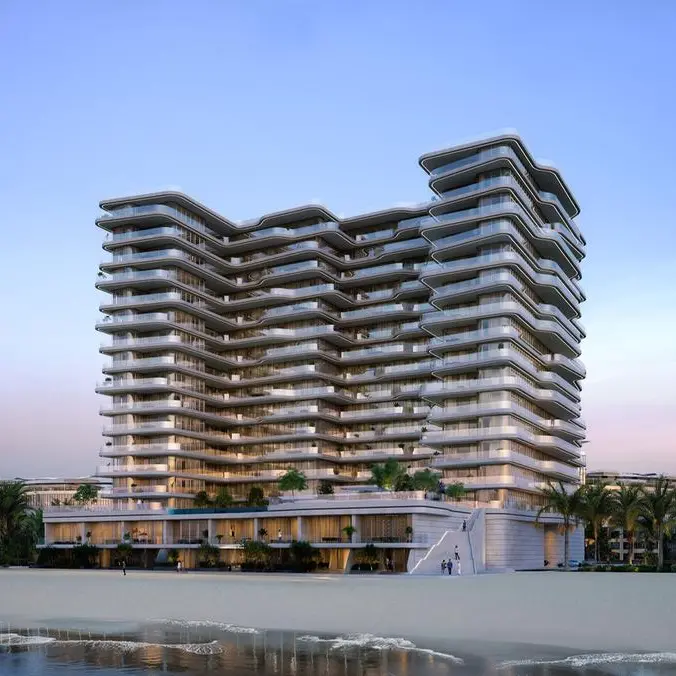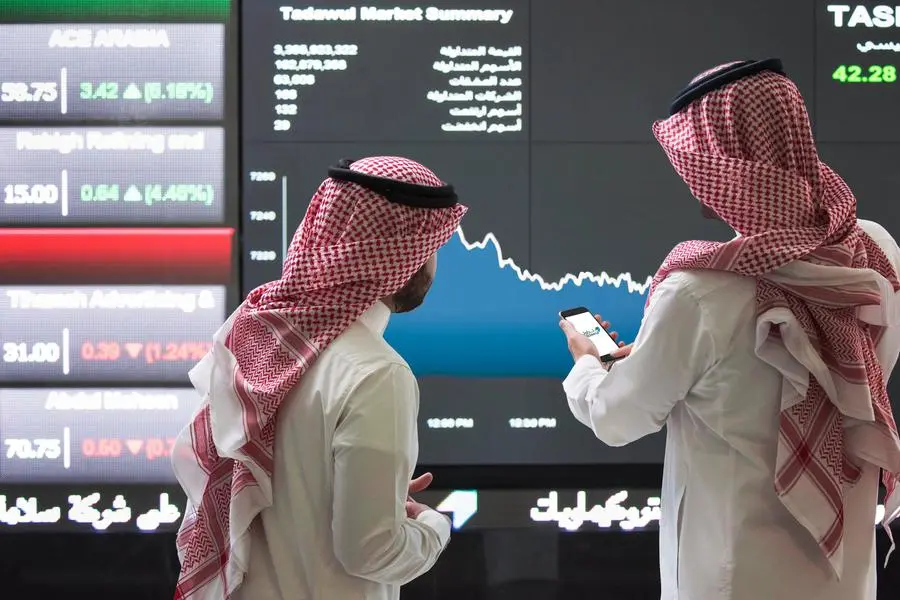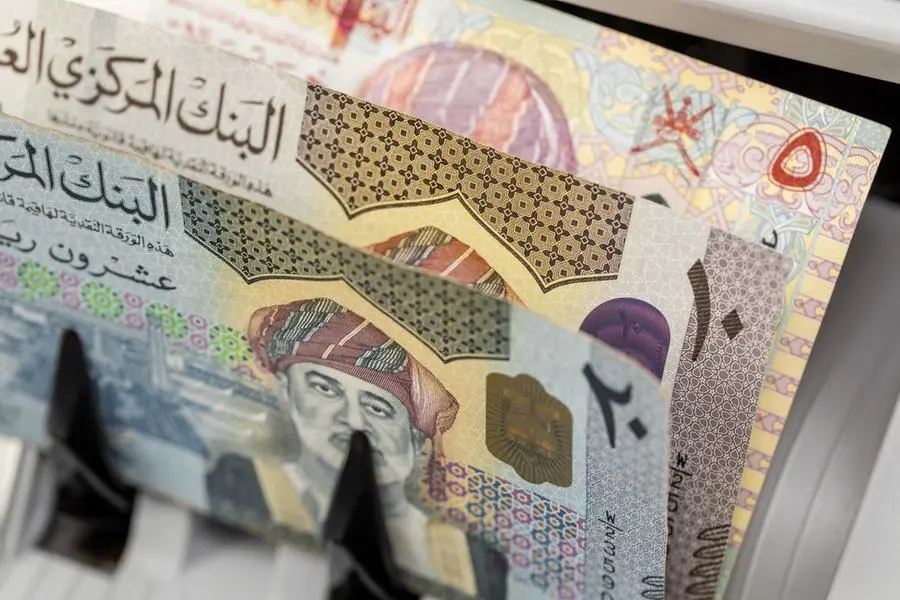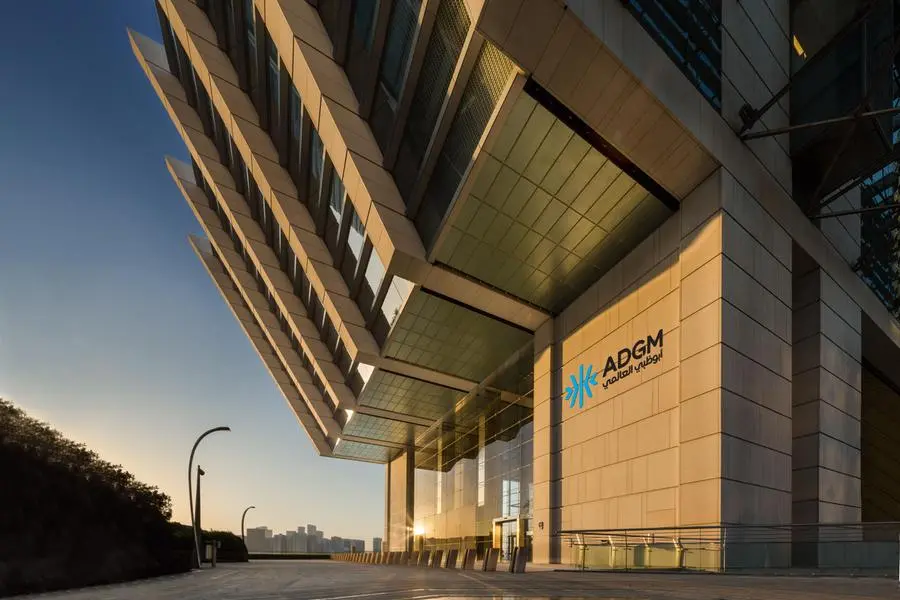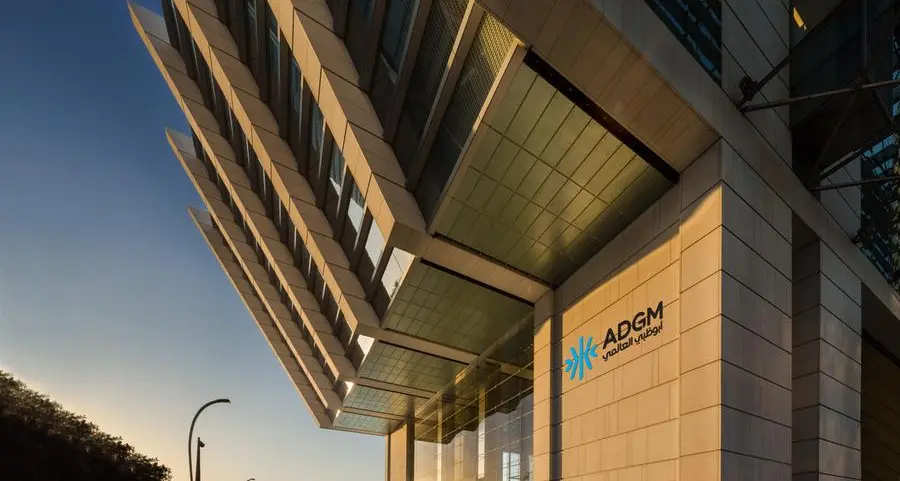PHOTO
Photo taken in Nizw, Oman. Image used for illustrative purpose Getty Images
The real estate sector in Oman is experiencing steady growth, according to the latest 'Oman - H1 2024 Market Overview' report by Hamptons International Oman. The positive economic outlook for 2024, with a targeted GDP growth of 2.1 per cent — up from 1.6 per cent in 2023 — supports this trend. The IMF forecasts an even higher GDP growth of 2.7 per cent by year-end, indicating a recovery from previous slowdowns.
The report highlights a surge in demand within Muscat's real estate market, particularly for residential properties. Luxury waterfront properties are in high demand, contributing to the residential market's growth. This segment is projected to expand at an annual rate of 3.7 per cent from 2024 to 2029, potentially reaching a market volume of $358 billion by 2029.
Buyers increasingly favor modern, luxurious properties with high-quality amenities such as landscaped gardens, swimming pools, and state-of-the-art gyms. There is also a rising demand for properties in prime locations, close to commercial, retail, and entertainment hubs like Al Khuwair and Al Ghubra.
Several factors are driving the growth of Oman's real estate market. Government initiatives to attract foreign investment, such as relaxing property ownership laws for foreigners and offering tax incentives for developers, have been pivotal. Investments in infrastructure projects, including new roads and airports, further enhance the market's appeal.
Oman's stable political environment and strategic economic diversification, particularly away from oil reliance, have attracted both domestic and international investors. Low interest rates and favorable mortgage terms have made property purchases more accessible, boosting market demand.
The Greater Muscat Structure Plan 2040 plays a crucial role in shaping the real estate landscape. This vision emphasizes economic diversification, smart city developments like Sultan Haitham City, and sustainable, modern technology in new projects such as The Sustainable City - Yiti. The plan aims to address challenges like the adaptability of old buildings and land availability constraints, especially in areas like Ruwi, which is evolving into a logistics and industrial hub. The Greater Muscat Plan focuses on integrating state-of-the-art public services, recreational spaces, and advanced infrastructure, including road networks and high-speed rail links.
Demographic shifts in Muscat are also influencing real estate trends. The National Centre for Statistics & Information (NCSI) projects significant growth in the capital, with a noticeable move away from traditional areas like Ruwi and Al Qurum. Expansion is more prominent on the west side, in areas such as Al Ghubra, Al Khuwair, and Airport Heights. This shift is characterized by the rise of new mixed-use and residential complexes, corporate headquarters, hospitality venues, shopping malls, and enhanced public sector infrastructure. Development continues further west to Al Mabellah and the vast undeveloped lands designated for Sultan Haitham City.
Real estate activity in Oman for the first half of 2024 has been robust, with property sales contracts peaking in May at 6,638 and mortgage contracts at 2,114 — the highest volumes recorded this year. These figures underscore the dynamic nature of Oman's real estate market, driven by strategic economic policies and evolving urban landscapes.
2022 © All right reserved for Oman Establishment for Press, Publication and Advertising (OEPPA) Provided by SyndiGate Media Inc. (Syndigate.info).
